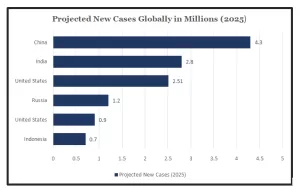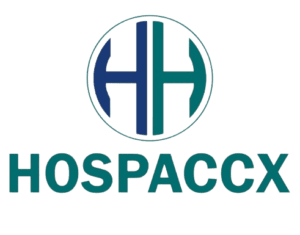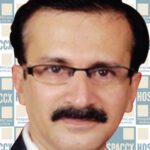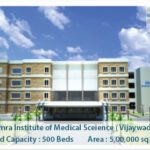INTRODUCTION
Cardiovascular diseases (CVDs) are the leading cause of death globally—and India bears a disproportionately high burden. As lifestyles shift and risk factors such as obesity, hypertension, and diabetes rise, India’s cardiac crisis is growing at an alarming rate. For healthcare planners and investors, cardiology is not just a priority—it’s a critical area demanding immediate attention and investment.
India’s cardiac healthcare system is under pressure, with demand outpacing the current supply of services, infrastructure, and trained professionals.
DEMOGRAPHIC PROFILE
| Estimated Population | 125 million |
| Number of new cancer cases | 1.57 million (2025 est.) |
| Number of cancer deaths | 2.8 million (2025 est.) |
| Prevalence rate | 29.4% for older adults aged 45 and above |
INDIA’S POSITION IN THE GLOBAL CANCER BURDEN
- India accounts for nearly 1 in 5 deaths from cardiovascular diseases globally.
- According to the WHO, CVDs are responsible for over 17.7 million deaths globally each year, and India alone contributes to a significant share.
- The premature nature of CVD deaths in India (under age 70) is notably higher than the global average.
- South Asians, including Indians, are genetically predisposed to heart diseases—making early screening and prevention even more vital.

Inferences:India is projected to have the second-highest number of new CVD cases in 2025, after China, surpassing the U.S. This highlights a pressing need for improved cardiac care infrastructure. Expanding access to specialized heart hospitals, especially in underserved regions, is essential to address this growing health burden.GOVERNMENT INITIATIVES FOR CARDIOVASCULAR DISEASES
Initiative Name Features & Benefits NPCDCS (National Programme for Prevention and Control of Cancer, Diabetes, Cardiovascular Diseases & Stroke)
• Early detection & management of CVDs
• Screening at primary level
• Promotes lifestyle changesAyushman Bharat – Health & Wellness Centres (HWCs) • Free CVD screening & treatment
• Access to essential medicines & diagnostics
• Community-based care
Ayushman Bharat – PMJAY (Pradhan Mantri Jan Arogya Yojana)
•₹5 lakh coverage for advanced CVD care
•Includes surgeries like angioplasty, bypass
• Targets low-income familiesNational Health Mission (NHM) • Strengthens health infrastructure
• Promotes healthy habits & tobacco control
• Rural & urban reach
India Hypertension Control Initiative (IHCI) • Standard treatment protocols
• Free BP meds & regular follow-ups
• Nationwide scaling
eSanjeevani (Telemedicine Platform)
• Online specialist consultations
• Remote access to CVD care
• Reduces urban-rural gap
IS THERE A NEED FOR CARDIAC HOSPITALS?
Absolutely – Here’s Why:

HOW DOES INDIA FARE?Indicator India USA China WHO Recommendation CVD Death Rate (per 100,000) 272 150 260 – Cardiologists per lakh population <2 ~8 ~4 ≥5 Cath Labs per million 0.5 4 2.5 ≥1 Average age of first heart attack 5o yrs 65 yrs 60 yrs – Percentage of deaths due to CVDs 27% 23% 22% – Key Insight:Despite the heavy burden, India’s cardiology care infrastructure is overstretched and unevenly distributed. This creates both an urgent need and a high-potential market for dedicated cardiac care centers and integrated heart hospitals.
CONCLUSION
India’s fight against heart disease is at a critical juncture. The scale of need far outweighs the availability of quality cardiac care, especially in semi-urban and rural regions. From preventive cardiology to tertiary care services like angioplasty and bypass surgery, there’s a pressing requirement for well-equipped cardiac hospitals, mobile care units, and awareness programs.
For investors and healthcare providers, this presents a massive opportunity to create scalable, accessible, and specialized cardiac infrastructure that not only saves lives but also drives long-term growth in India’s healthcare landscape.
By focusing on affordability, early intervention, and geographic equity, stakeholders can make a measurable impact on India’s cardiovascular future.
Sources:
https://www.who.int/india/health-topics/cardiovascular-diseases
https://world-heart-federation.org/wp-content/uploads/World-Heart-Report-2023.pdf
https://pmc.ncbi.nlm.nih.gov/articles/PMC6994761/
Related Team Members




















